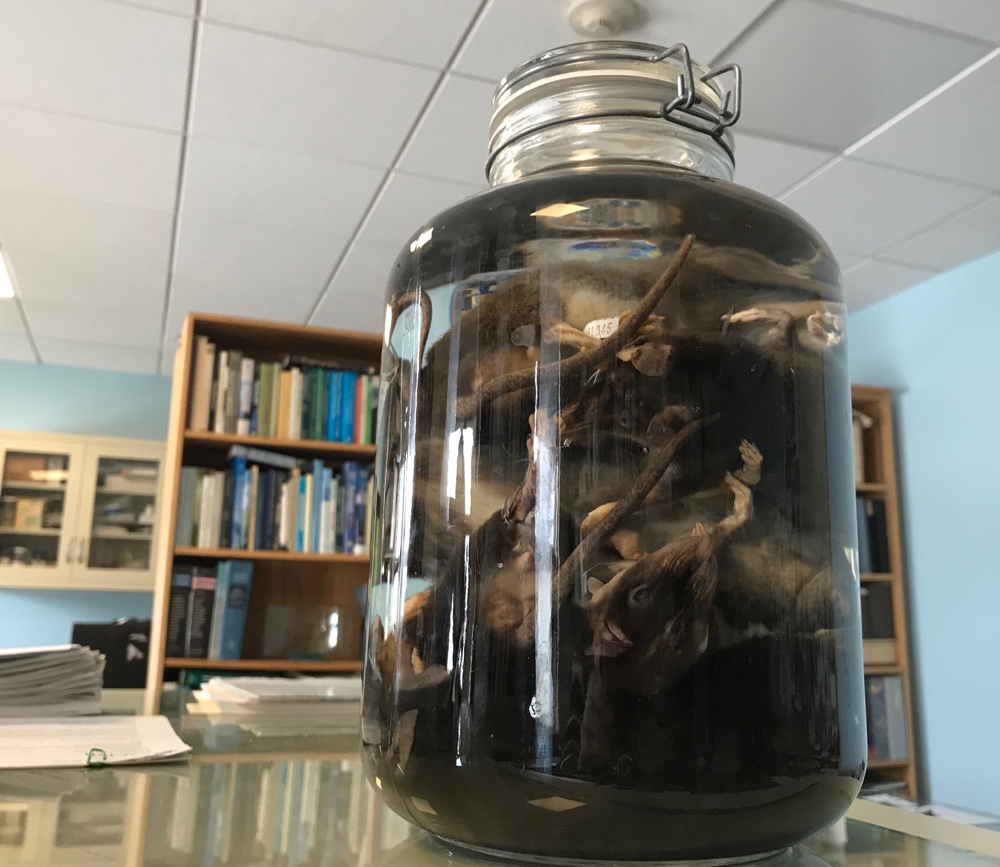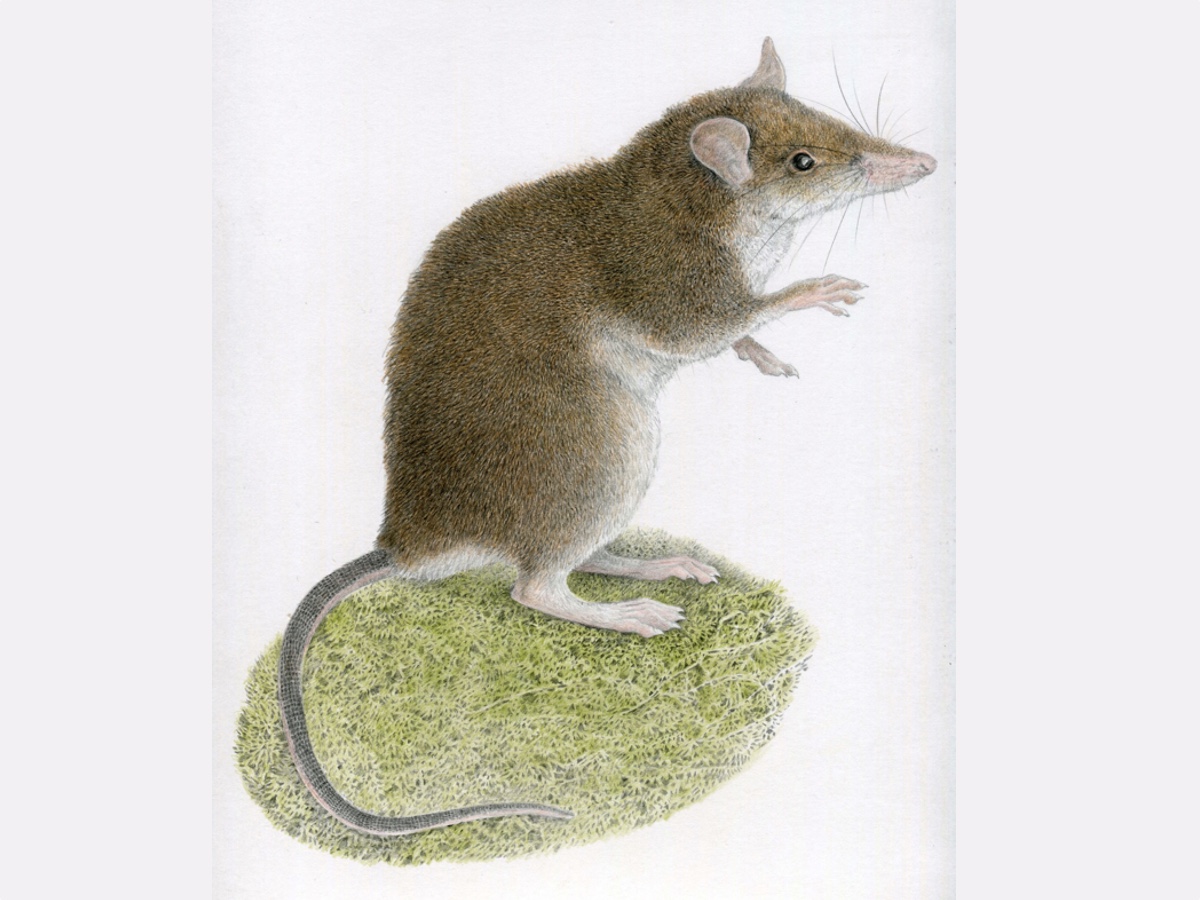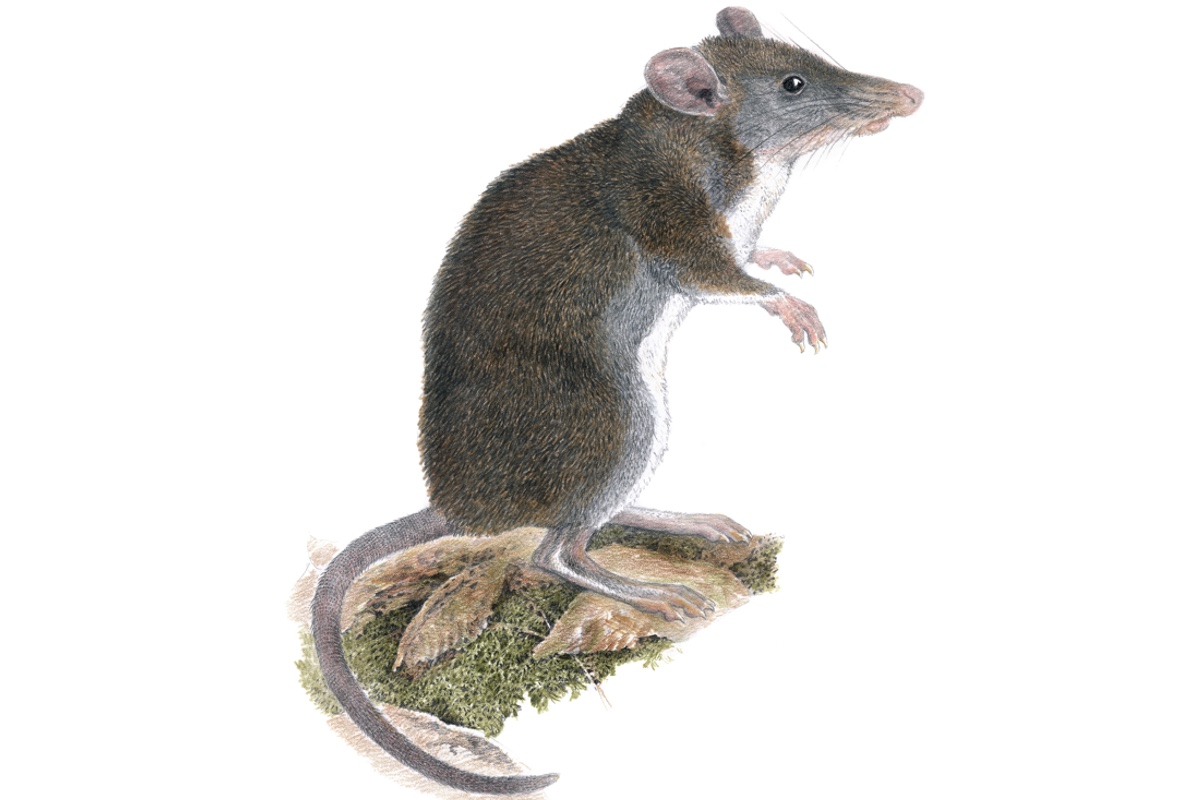Please Do Not Feed These Tweezer-Beaked, Hopping Rats Peanut Butter!!!

Scientists have named two newfound species of tweezer-beaked, hopping rats that are super not into peanut butter. Please offer them earthworms instead, thank you very much.
The critters are "docile" and long-nosed, and they hop around mountains in the Philippines looking for earthworms — the rats' preferred food. It appears that different species of the rats are isolated from one another in the upper reaches of individual mountains in the region, where the animals proliferate in surprisingly large numbers. One of the newfound species is named Rhynchomys labo (more or less Greek for "snout mouse of Mount Labo"), and the other is named Rhynchomys mingan ("snout mouse of Mount Mingan").
"They're quite bizarre," Eric Rickart, a curator of the Natural History Museum of Utah and lead author of the new descriptions, said in a statement. "They hop around on their sturdy hind legs and large hind feet, almost like little kangaroos. They have long, delicate snouts and almost no chewing teeth." [Rats and Lizards and Monkeys, Oh My! 9 Islands Ruled by Animals]

Unfortunately, there don't appear to be any publicly available photos or videos of living examples of the rats, perhaps in part because researchers have only recently figured out how to trap them.
In the past, researchers conducting surveys of mammals in the region baited traps with peanut butter, a calorie-dense food that many furry creatures enjoy. But tweezer-beaked, hopping rats never seemed interested.
Finally, one stumbled into a trap, but it still didn't touch the peanut butter. When researchers, unsure what the animal preferred, offered it a live, wriggling earthworm, Rickart said, the rat "slurped it up like a kid eating spaghetti."

So, researchers switched to baiting their traps with live earthworms, and the scientists found that tweezer-beaked, hopping rats were actually quite common in the upper mountain regions (an area scientists have recently learned is dense with animals). That offered the opportunity to finally provide a scientific description of the rats, which was published June 6 in the Journal of Mammalogy.
Sign up for the Live Science daily newsletter now
Get the world’s most fascinating discoveries delivered straight to your inbox.
"They're very docile, very cute," Larry Heaney, a curator at the Field Museum in Chicago and a co-author of the study, said in a statement. "Their fur is short and very, very dense, like a plush toy. They make little runways through the forest and patrol these little trails, day and night, looking for earthworms."
- In Photos: The World's Freakiest-Looking Animals
- In Photos: See How Mammals Changed Over Time
- In Images: 'Field Guide' Showcases Bizarre and Magnificent Prehistoric Mammals
Originally published on Live Science.










